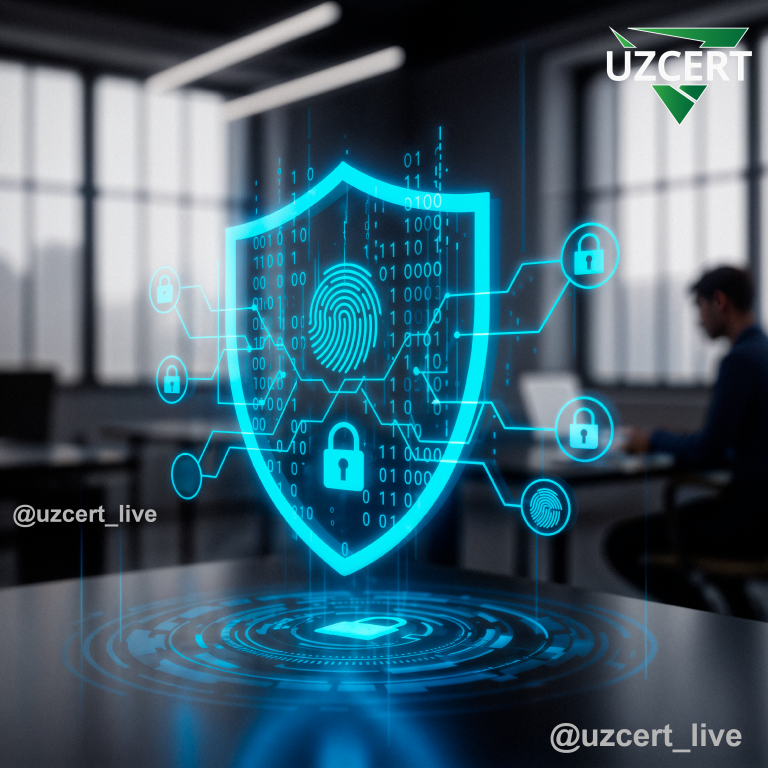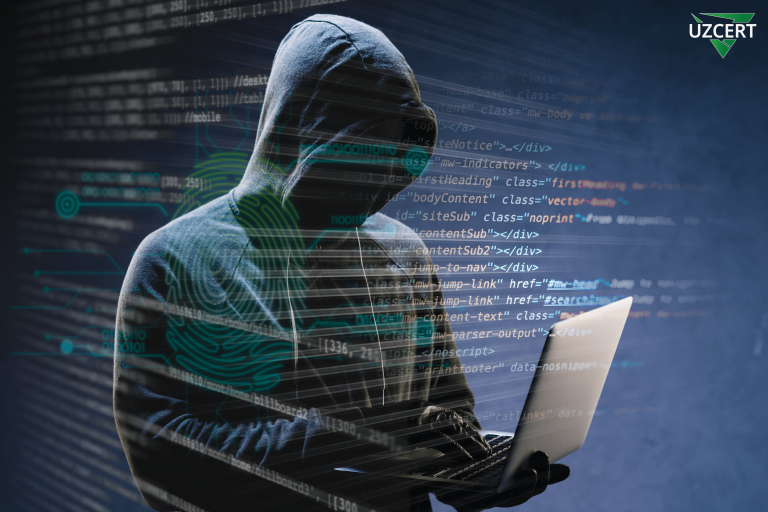
The Role of Digital Forensics in Swift and Effective Incident Response
In today’s cybersecurity landscape, Digital Forensics and Incident Response (DFIR) has emerged as a critical pillar of defense. As cyber threats grow increasingly complex and frequent, organizations can no longer rely solely on reactive measures. Integrating digital forensics into incident response strategies is essential not only for rapid containment and recovery but also for deeply analyzing the root causes of incidents and preventing future vulnerabilities.
Historical Context
Historically, digital forensics and incident response were treated as separate disciplines:
- Digital Forensics focused on collecting, preserving, and analyzing digital evidence, often for legal investigations.
- Incident Response aimed to identify, isolate, and mitigate active threats to maintain operational stability.
However, in the face of modern, sophisticated attacks, operating these disciplines independently has led to significant challenges. Failing to collect evidence during threat mitigation can result in the loss of critical attack details, while prioritizing evidence preservation may delay actions, allowing the attack to spread further.
By integrating digital forensics with incident response, these issues are resolved: threats are neutralized swiftly, while evidence is collected and preserved according to forensic standards.
Benefits of Integration
This integrated approach offers security leaders the following advantages:
- Rapid and efficient incident response,
- In-depth analysis of the attack’s cause, trajectory, and scope,
- Continuous strengthening of the organization’s cyber defense capabilities,
- Creation of a reliable evidence base to meet legal and regulatory requirements.
Thus, each incident becomes not just a challenge but an opportunity to build a more robust defense system for the future.
Foundations of Effective DFIR
Effective DFIR relies on meticulous and accurate evidence collection. During an incident, gathering data from the following sources is crucial:
- File systems,
- Operating system activity,
- Computer memory (RAM),
- Network logs,
- User activity records.
The integrity of evidence must be preserved during collection. Using specialized forensic tools and maintaining a formalized chain of custody are essential, as these ensure evidence is admissible in legal or investigative proceedings.
Modern Threats and Memory Analysis
Today’s advanced threats, such as fileless malware, operate primarily in a computer’s memory, leaving minimal traces on disk. Analyzing RAM is critical for detecting such threats. By capturing and examining memory images, investigators can identify:
- Hidden processes,
- Injected code,
- Active network connections.
Correlating logs, file metadata, and timestamps of user activities enables organizations to determine how a threat entered, how it spread, and what data was exfiltrated.
Outcomes of Analysis
Comprehensive analysis provides:
- Identification of the attack’s initial entry point,
- Mapping of lateral movement,
- Detection of exfiltrated data,
- Insight into the attacker’s objectives.
Additionally, studying the tactics, techniques, and procedures (TTPs) of attackers allows for attribution to specific threat groups, creating a broader threat landscape.
Key Components of Successful DFIR
To build effective DFIR capabilities, organizations should focus on:
- Personnel: Specialists must be well-trained in both forensics and incident response.
- Processes: Clearly defined protocols for incident classification, escalation, and evidence management are essential.
- Technology:
- SIEM Systems (Security Information and Event Management) for event collection and correlation,
- EDR Solutions (Endpoint Detection and Response) for monitoring endpoint activity,
- SOAR Platforms (Security Orchestration, Automation, and Response) for automating and orchestrating complex tasks.
Moreover, organizations should develop detailed response guidelines (playbooks) for various threat scenarios. These must be regularly tested through tabletop exercises and simulations.
Measuring Effectiveness
Key metrics, such as Mean Time to Detect (MTTD) and Mean Time to Respond (MTTR), provide insights into the efficiency of DFIR processes and opportunities for improvement.
In today’s world, integrating digital forensics with incident response is no longer optional—it is a necessity. Organizations adopting the DFIR approach can:
- Respond to incidents swiftly and thoroughly,
- Conduct in-depth threat analysis,
- Preserve evidence reliably,
- And, most importantly, learn from each attack to strengthen their defenses.
This not only protects an organization’s assets and reputation but also enhances accountability in meeting regulatory requirements.



